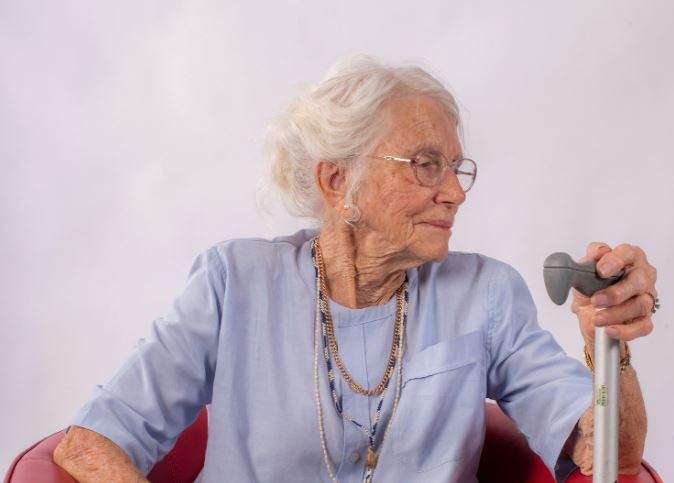
Australia is a comparatively high user of residential aged care with a relatively low financial investment in the whole aged-care sector, OECD data shows.
In a new Medical Journal of Australia research article, aged care experts including Flinders University Senior Research Fellow Dr Suzanne Dyer summarise a review of international approaches to the provision of aged care conducted for the Royal Commission into Aged Care Quality and Safety.
They used Organisation for Economic Co-operation and Development (OECD) data collected in 13 countries selected based on the availability of information, applicability to the Australian aged care system, and to ensure a diverse range of countries were represented.
“Long term care is the provision of services for medical needs, personal care and assistance in living independently for people with long term dependencies due to their health care needs,” says Dr Dyer and colleagues in a Perspective article in the journal.
“Long term care can be provided in institutions (e.g. nursing homes or residential aged care facilities) or by providing services to assist people to remain living in their own homes, including community services such as respite care.
“Australia provides institutional long term care for almost 20% of the population aged (80 years and older), and 6% of those aged (65 years and older).
“This places Australia as the nation with the highest proportion of older people living in institutional care compared with 11 other nations.
“The relative use of institutional care, as opposed to home or community care, was also highest for Australia, with 52.5% of long term care recipients aged 65 years and older, and 58.6% of long term care recipients aged 80 years and older in institutional care.”

In terms of financial investment, the authors estimated gross domestic product (GDP) expenditure on long term care for older people comprising the health component of government/compulsory long term care expenditure (not age-specific) plus social expenditure on old age benefits in kind, as reported to the OECD.
“The expenditure estimates indicate that many other nations spend a much greater proportion of their GDP on long term care for older people,” they found.
“The data indicate that in Australia a comparatively high proportion of older people live in institutions, with a relatively low financial investment in the whole aged care sector.”
Australia’s waiting list for home care packages is likely to have an impact on the proportion of people in residential care, researchers add.
“While many countries have wait lists for home care services, the wait times of over 12 months for home care packages at the approved level (for level 2 and above; i.e., beyond basic care needs, providing low to high level care) may lead to premature admission to institutional care for some people,” they wrote.
“In November 2019, the Australian Government announced funding of an additional 10,000 home care packages at a cost of $496 million. However, in September 2019, there were about 63 000 people waiting for an approved home care package, and an additional 49 000 people were offered, while waiting, a package at a level lower than that approved.
“To reduce the number and proportion of older Australians living in residential aged care, there needs to be an increase in investment across the sector, particularly in home- and community-based care.”
The Medical Journal of Australia is a publication of the Australian Medical Association.
‘Is Australia over-reliant on residential aged care to support our older population?’ by SM Dyer, M Valeri, N Arora, D Tilden and M Crotty (Flinders University and THEMA Consulting Pty Ltd, NSW) has been published in an MJA Perspective – DOI: 10.5694/mja19.01265

